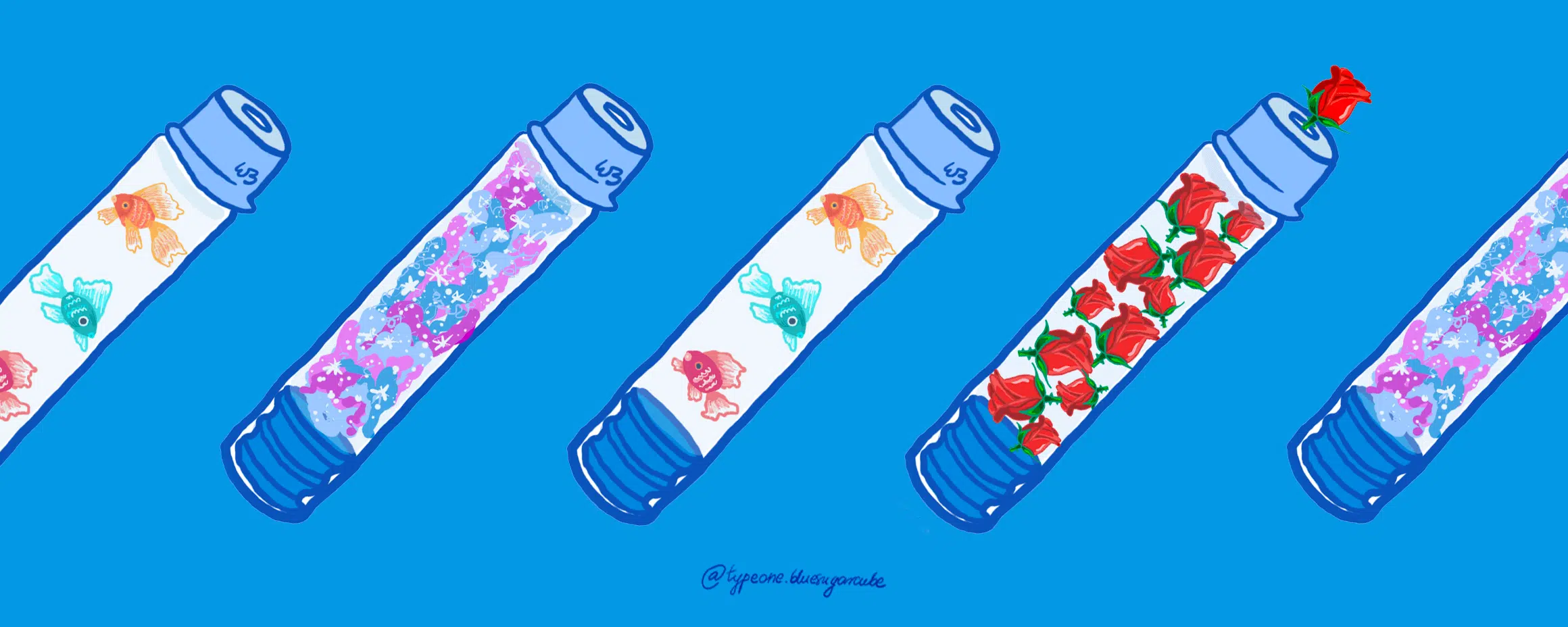
Famous art pieces through the lenses of Type 1 diabetes
|
Art as a way of expressing yourself
Many people say they can’t draw. Usually, it has nothing to do with talent or ability, but rather self-esteem. They ask themselves “Is this drawing good? “, “Am I talented?”, “Is this art?”. We put art on this high pedestal that is only reachable for artistic people. But art, similarly to language, is a way to think and communicate with others. What you need (and all you need) is an open mind.
“Visual image making is an important aspect of the human learning process” – Diane Waller, OBE, President of the British Association of Art Therapists
Humans have been making art since the dawn of time, art is in our DNA. One way to gain personal insight is through image-making. Art has provided us with an exciting way to visually express ourselves, to contemplate spiritually, reflect on life changes, make sense of our existence and what comes after it. Through very simple means of expression, simple use of line, color, and shape come together as we apply personal meaning and symbolism to these types of visual expression.
“Art washes away from the soul the dust of everyday life.” – Pablo Picasso
Famous art pieces through the eyes of a PWD
Diabetes permanently changes the way we think and our perception of the world. Nothing is the same anymore. In our eyes, juice box is a lifesaver, pizza is a trap, and roller coasters remind us of uncontrolled BGs. The same happens with art. We might see art pieces in a different light than an average person.
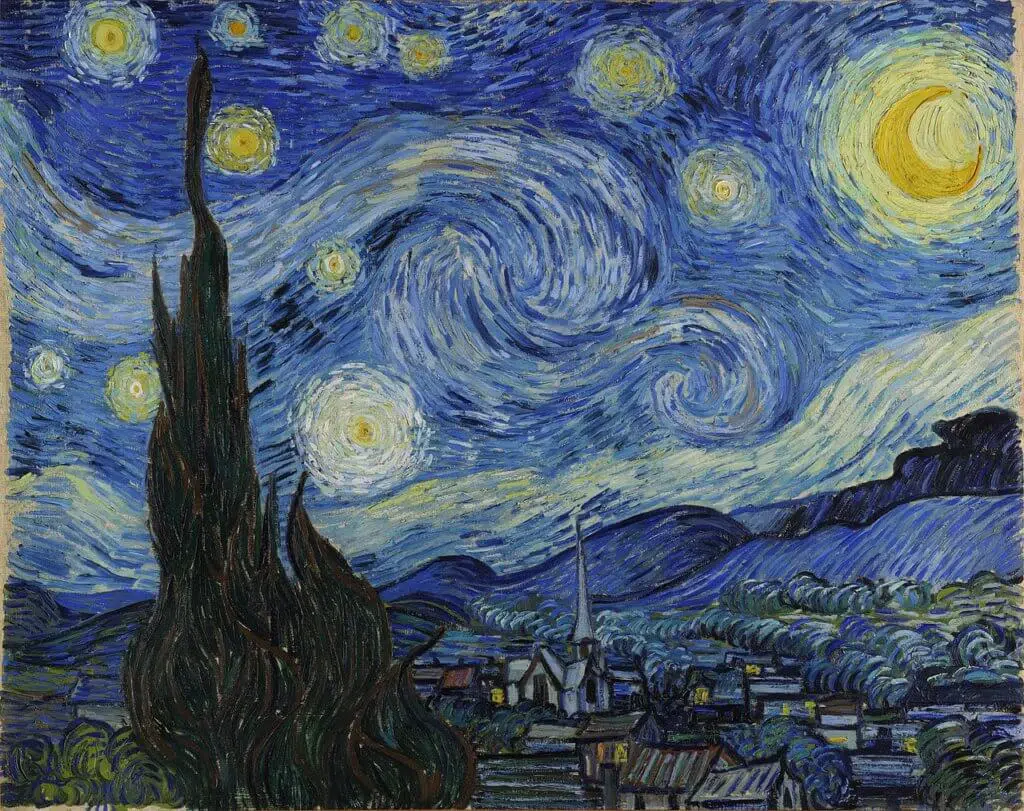
The Starry Night – Vincent van Gogh
By looking at The Starry Night we can see what Van Gogh saw through the window in his room at the asylum in Saint-Rémy-de-Provence (with some added details). This hypnotizing painting makes me think of a night-time hypoglycemia: unusual dreams, hallucinations, and dizziness. It feels like being teleported into Van Gogh’s painting full of vibrating lines and slowly becoming its part with soft “hypo” limbs.
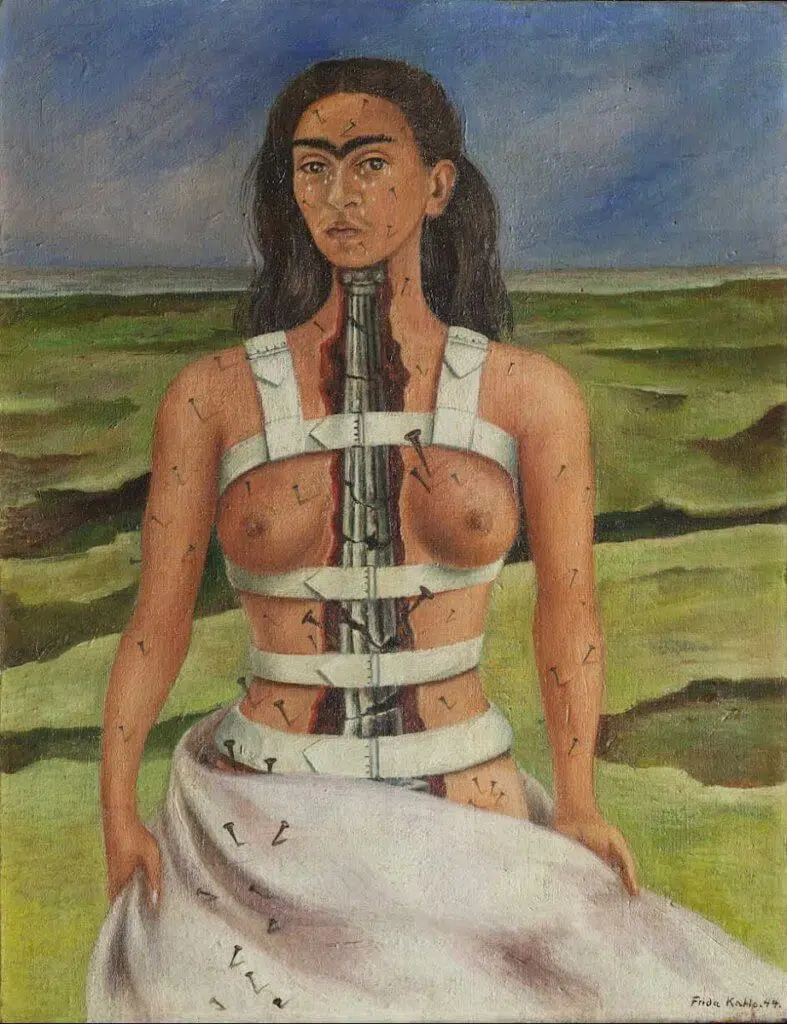
The Broken Column – Frida Kahlo
In many of her self-portraits, Frida Kahlo tells the story of her horrific accident that changed her life forever. The Broken Column makes me think about diabetes diagnosis. We can see her isolated, in a solitary state. We can feel the inevitability of external forces that brought her to this place. Her face is full of sadness and pain. Many people, in the beginning of their journey with diabetes, feel alone, powerless, and overwhelmed with emotions.
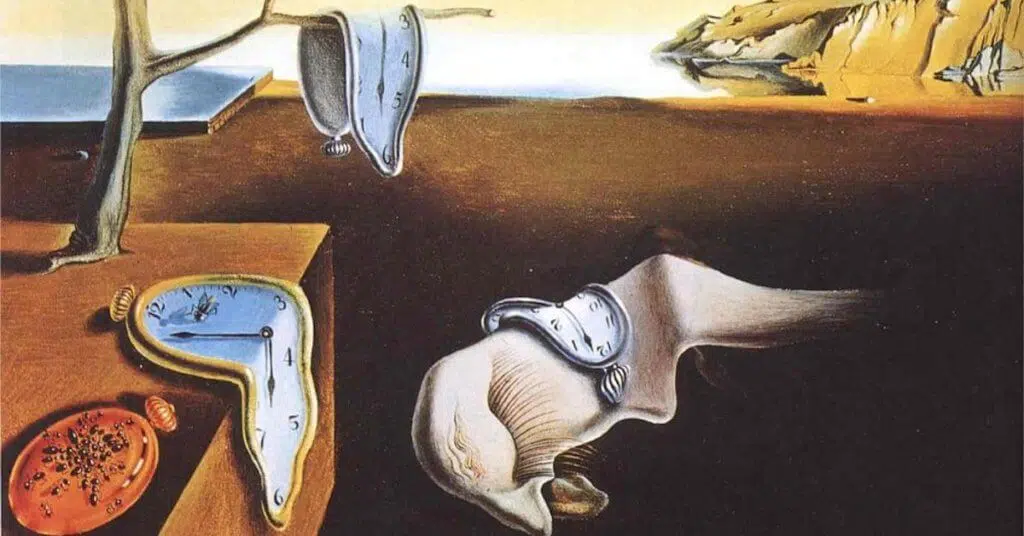
The Persistence of Memory – Salvador Dali
One of the most recognizable paintings of Salvador Dali, and of Surrealism in general, is The Persistence of Memory. The “soft watches”, often referenced in the popular culture, symbolize the relativity of space and time. From my perspective, it is the case of hyperglycemia. It feels like the time is somehow stretching, and we are waiting, drained of our energy like this abstract human form Dali put in the middle representing himself. Probably, some of you will see symptoms of hypoglycemia in this painting – and it is perfectly fine, because there is no one way to experience diabetes.
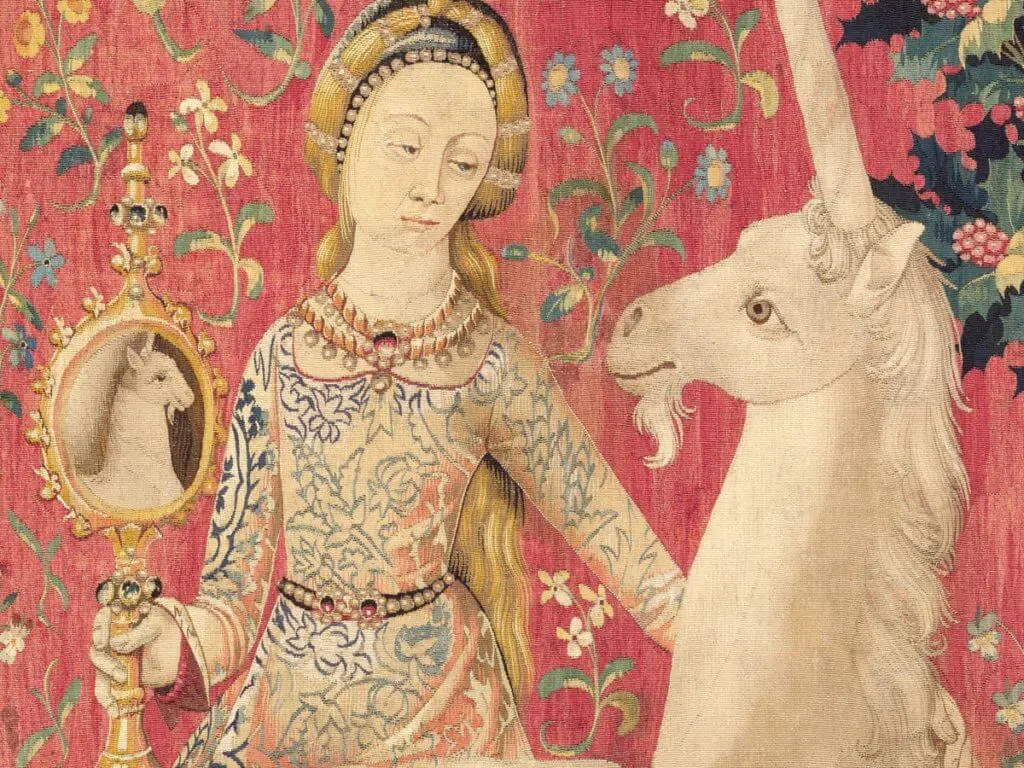
The Lady and the Unicorn (source: Art Gallery NSW)
Unicorns have always been seen as magical and mysterious. These stunning six tapestries of medieval French art captivated viewers across centuries. According to the myth, it was impossible to catch a unicorn, unless a virgin would sit in the forest and wait for the enchanted creature to come to her. Today, in the diabetes community, “catching a unicorn” refers to getting a BG of exactly 100 mg/dL or 5.5 mmol/L.
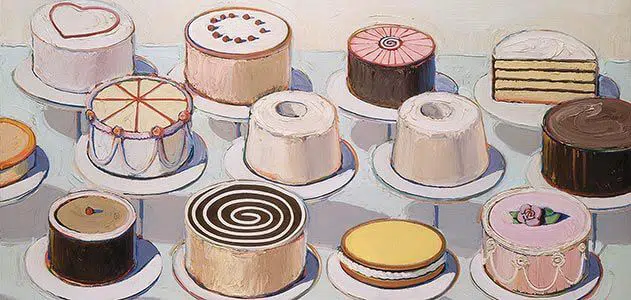
Cakes – Wayne Thiebaud
Cakes, pies, gumball machines…this is the sweet world of contemporary painter from California, Wayne Thiebaud. This delicious-looking display with cakes instantly made me think of the “Hypo hunger” phenomenon. I can imagine myself eating all these cakes when being low. Another thing that comes to my mind when looking at this painting is a well-known question: “How many carbs?”.






